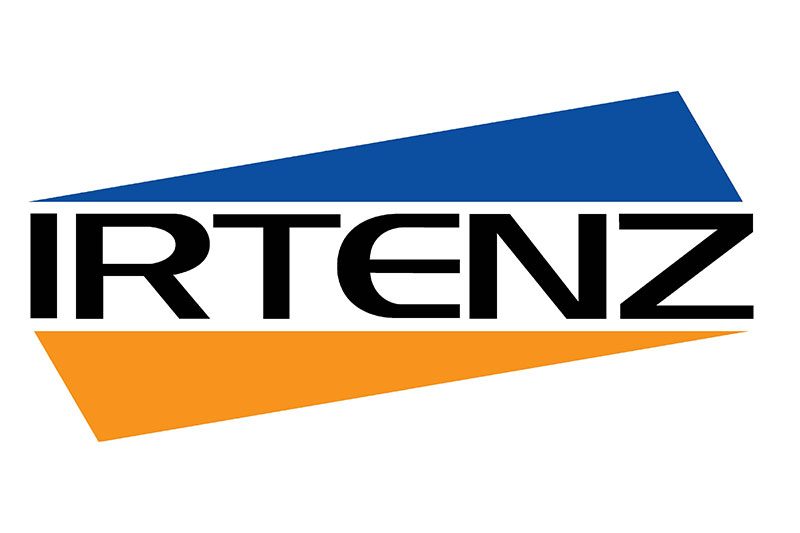
The diesel engines we are familiar with are generally four-stroke, i.e. completing one full cycle takes four distinct actions, stokes — intake, compression, power, and exhaust — completed over two full rotations of the crankshaft or 720 degrees.
On the intake stroke, as the piston in each cylinder moves downwards, a partial vacuum is created, and air (oxygen) under atmospheric pressure enters the cylinder through the open inlet valve(s). The volume of air that can get into the cylinder during this short time has a significant impact on each cylinder’s power and hence the power available to move the vehicle.
Engine performance can be assessed by the volume of air entering each cylinder during regular operation — its volumetric efficiency. A restriction in the airflow entering the cylinder, such as a partially blocked air filter, will affect the amount of air available to support the combustion process that takes place towards the end of the compression stroke, ultimately affecting the engine’s power output.
It was realised early in the development of internal combustion engines that if the air entering the cylinder was pressurised, the air’s overall volume would increase, improving its volumetric efficiency, combustion, and power output. This is sometimes referred to as charge air boosting. It was also found that the power output of smaller engines could be increased, resulting in better fuel efficiency and the ability to put engines into smaller spaces without sacrificing vehicle performance.

Roots-type supercharger mounted between the banks, as shown in a Detroit Diesel instruction manual from the late 1980s.
The two common means of pressurising the incoming air we are familiar with are supercharging and turbocharging.
Supercharging
A supercharger — or blower as it is sometimes called — is an engine-driven mechanical pump usually driven directly off the engine crankshaft. Its speed is proportional to the engine’s speed. In simple terms, a supercharger blows air into each cylinder and, in doing so, increases the volume of air and hence the amount of oxygen available to support the combustion process.
There are three common types of supercharger; the most common is the Roots type as used on the Commer TS3 and Detroit 71 Series two-stroke engines. Roots- style superchargers are also common on petrol engines.
In the diagram (left), retrieved from a Detroit Diesel instruction manual, the Roots blower is shown between the two rocker arm covers. Other types of superchargers are the sliding vane and centrifugal blower type.
Superchargers can be expensive to maintain and, because they are driven by the engine, use some of the power that would otherwise be available to drive the vehicle. A supercharger can typically increase the intake air pressure by 6 to 9psi (0.4 to 0.6 bar), increasing the volume of air entering the cylinder by up to 50%.
Turbocharging
A turbocharger performs the same function as a supercharger but is driven by the energy from the engine’s exhaust gases. This energy turns a turbine to drive a compressor wheel that drags in air from outside the vehicle and compresses it. The compressed air is then available to increase the volume of air entering the engine cylinders. The diagram (right), retrieved from Turbochargers & Air Handling|Cummins Inc., shows the internal design of a typical turbocharger.
Because they are fitted into the exhaust system, turbochargers do add a restriction to the smooth outward flow of exhaust gases, increasing the back pressure caused by the exhaust on the engine components, particularly pistons. Technology, however, is overcoming this.
A characteristic of engines fitted with turbochargers is a phenomenon known as turbo- lag. Turbo-lag is a brief delay in response time after the accelerator is pressed. It is caused by the exhaust gases not having sufficient energy to spin the turbo’s turbine wheel fast enough. Again, technology is overcoming the effects of turbo-lag on an engine’s performance.
By applying technology, the output air pressure of today’s turbochargers can be easily controlled, improving engine performance and fuel efficiency.

Basic bits of a turbocharger. Source: Cummins Inc.
Charge air cooling
When air is compressed, its temperature rises and its density is decreased, cancelling some of the benefits of pressurising the air in the first place. To control this increase in temperature, engines are often fitted with a cooling system — called an intercooler or aftercooler — for the air to pass through after it is compressed and pressurised, and before it enters the engine.
Two types of intercooler are common. In air-to-air coolers, air passes through a radiator similar to an engine cooling radiator, except there is no liquid coolant in it. This radiator cools the air and transfers the extracted heat directly to the outside air. Air-to-air intercoolers are often fitted low at the front of the vehicle to take advantage of the cool air flowing around the vehicle.
The other type of intercooler is air-to-liquid, which works in much the same way but the cooling mechanism is liquid.
Sometimes this type of intercooler system is part of the engine’s cooling system.
Read more
IRTENZ Conference 2023 – PBS
0 Comments12 Minutes
IRTENZ Conference 2023
0 Comments12 Minutes
IRTENZ Conference 2023
0 Comments20 Minutes


